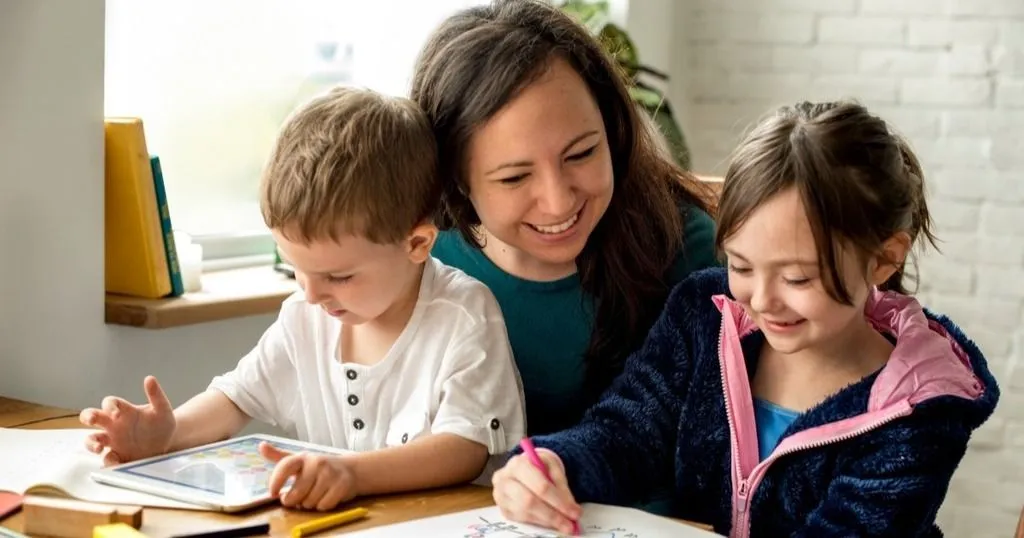How to make communication easier for children with severe motor impairments
A decrease in the ability to make contact with others leads to limitations in communication. A Swedish research team investigated whether eye tracking assisted therapy could help children with motor impairments communicate.
Posted by
Published on
Tue 07 Feb. 2023
Topics
| Coding Behavior | Coding Schemes | Communication | Infants | The Observer XT | Video Observation |

Communication has a central function in our life: body language, gestures, gaze direction, intonation, sounds, words, you name it. Every day we use words and sentences to communicate with each other. We ask each other how things are going, we tell each other what is on our mind, and talk about what keeps us busy. Verbal behavior is inseparably linked to communication.
Making communication easier
But what if speaking or making words is difficult or not possible? If you know what you want to say, but you can't say it? For example, if you are dealing with severe motor impairments due to cerebral palsy or a posture and movement disorder. This can result in limited oral motor skills or control over breathing, voice, or articulation. Besides, the mouth area can be very sensitive, causing strongly deviant mouth movements.
Or due to Rett syndrome, a rare genetic neurodevelopmental disorder. This disorder particularly affects speech, purposeful hand use, and coordination, leaving individuals understanding more than they can communicate.
This decrease in the ability to make contact leads to limitations in communication. This could hinder the motivation to communicate, halt communication development, and restrict participation in social life. Or are there ways in which these individuals can be helped to communicate in ways other than speech? To make communicating easier?
FREE WHITE PAPER: Tools for infant studies
Learn more about the software tools available for infant studies.
- Capture behaviors with video
- Annotate behaviors accurately
- Unobtrusive emotion analysis
Opportunities to communicate using eye-gaze assistive technology
For example, we can use eye-gaze assistive technology (EGAT). This can provide children with severe motor and speech impairments other communication opportunities, by using their eyes to control a communication interface on a computer. This innovative technology can detect eye movements using a specialized infrared video camera mounted on a tablet/computer.
It requires less physical effort and assistance from communication partners, resulting in the opportunity for the children to take initiative, express opinions, and interact with others. Gaining more control is critical for these children in order to enjoy shared participation and build self-efficacy.
An international team controlled by Yu-Hsin Hsieh from Stockholm University and Maria Borgestig from Uppsala University, both in Sweden, investigated the impacts of employing EGAT on communicative interaction, compared to the Non-EGAT condition.
Communication is part of the interaction
Communicative interactions provide the foundation for cognitive and social development early in life and continue to affect our behaviors, social patterns, and thoughts throughout our lives. It includes behaviors such as initiation of a conversation, giving responses, answering questions, and making a request.
For this international study, the research team formulated two main questions to be answered:
- Which interactional structures are shown by children/youths with complex needs and their communication partners when EGAT is or is not used?
- Which communicative functions are used by the dyads when EGAT is or is not used?
They expected that children would more often take initiative in communicative interaction when they used EGAT than when they did not, and that communication partners would take fewer communicative turns and make fewer requests or demands. Data was collected from the Assisted Therapy centers in Sweden and special needs school in Dubai and the USA.
Coding behavior to investigate communicative interaction
The participants (aged 4-19 years old) and their communication partners were recorded 5-10 minutes per day in a natural setting, during three consecutive days. Their facial expressions, gaze direction, body movements and gestures, and the computer screen with EGAT were captured during a communication activity.
Such an activity was for example playing, performing an educational or mealtime task, or talking with an adult about something that had happened. The participants were involved in both EGAT and Non-EGAT conditions.
Interesting reading material: In FaceReader Online it is now possible to perform eye-tracking analysis with a regular webcam, which increases flexibility greatly. Read more about the methodology and accuracy in the white paper ‘EyeReader’.
A systematic coding scheme was used to investigate the characteristics of communicative interaction between the dyads. The coding scheme consisted of subjects (e.g. child and parent), behaviors (e.g. moves such as initiation and response), and modifiers to specify the behaviors of the subjects (e.g. requests or informative).
FREE WHITE PAPER: How to set up a coding scheme
Download here the FREE white paper 'How to set up behavioral coding' and get 7 tips about:
- Defining your behavior group
- Point events
- Coding from a diversity of sources
Observe, code, and analyse behavior
The Observer XT was used to analyze each specified communicative interaction behavior in the participating dyads, as well as to check inter-rater reliability.
The research team reports that when using EGAT, the children/youths initiated a conversation more frequently and tended to provide more information during the communicative interactions. Their communication partners made fewer communicative turns, initiated less frequently, and made fewer requests compared to the Non-EGAT condition.
This study supports that children can benefit from using this technology to increase the power of communication during social interactions. It will enlarge their roles as active participants.
FREE TRIAL: Try The Observer XT yourself!
Request a free trial and see for yourself how easy behavioral research can be!
- Work faster
- Reduce costs
- Get better data
Tools to study children's development
In the Noldus Webinar about Research tools in Developmental Psychology, we explained how our research tools can be used to study the behavior of children both in a natural and in a laboratory setting. Curious? Watch the webinar on demand now!
References
- Hsieh, Y.-H.; Borgestig, M.; Gopalarao, D.; McGowan, J.; Granlund, M.; Hwang, A.-W. & Hemmingsson, H. (2021). Communicative Interaction with and without Eye-Gaze Technology between Children and Youths with Complex Needs and Their Communication Partners. International Journal of Environmental Research and Public Health, 18, 5134. https://doi.org/10.3390/ijerph18105134
- https://www.rettsyndrome.org/
Related Posts

Using observational research to capture parent-child interaction

Research examples of developmental psychology
